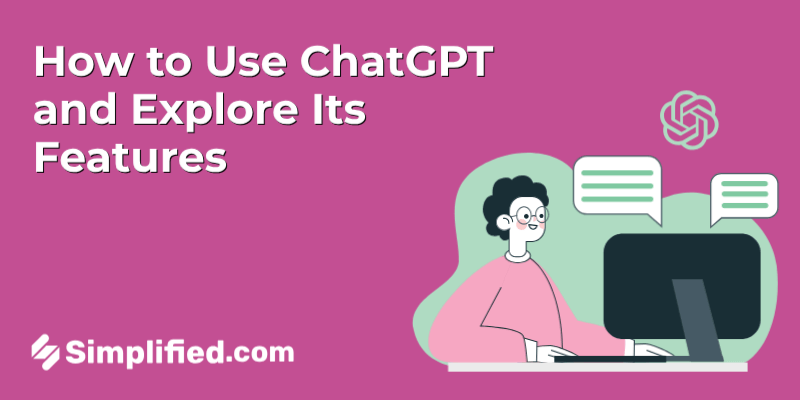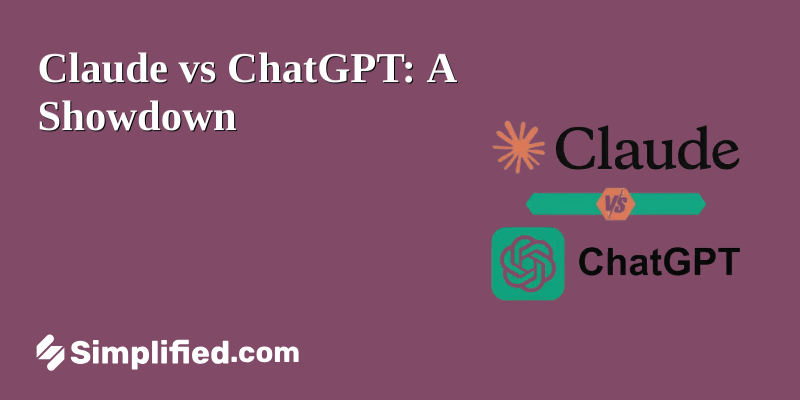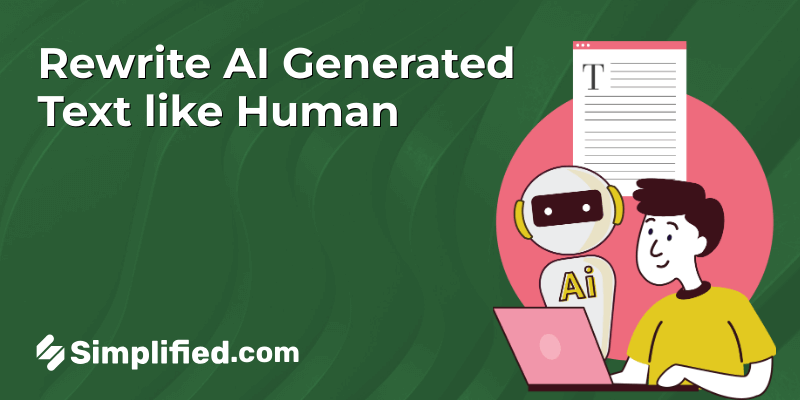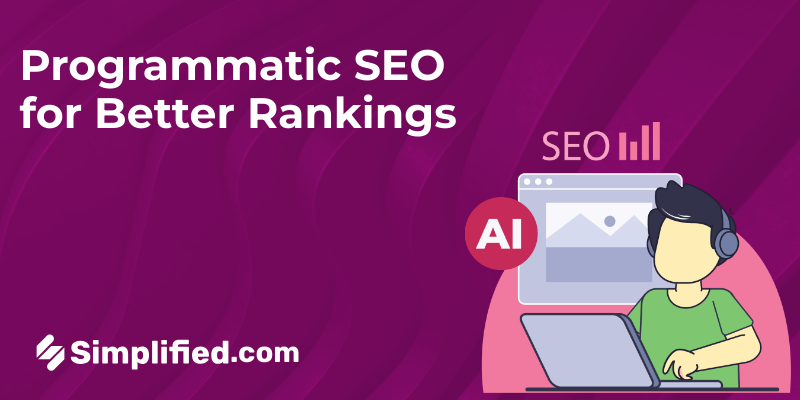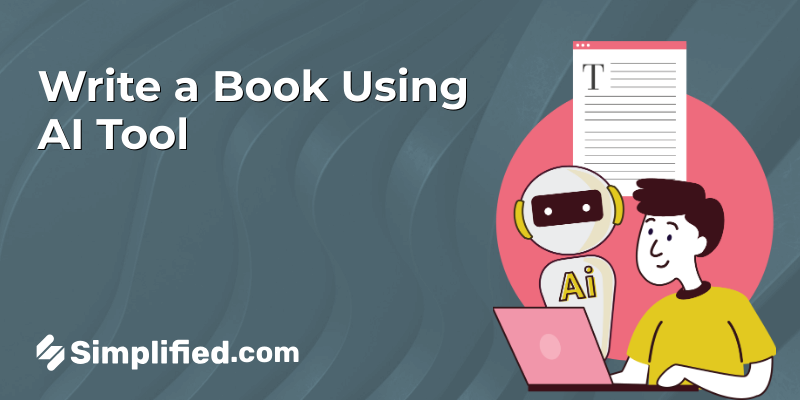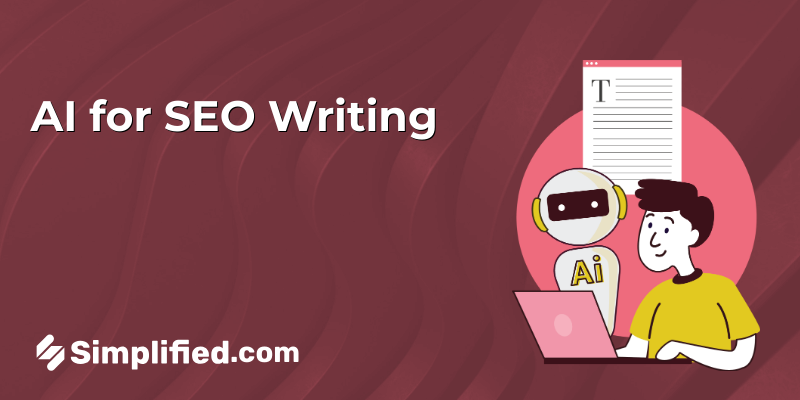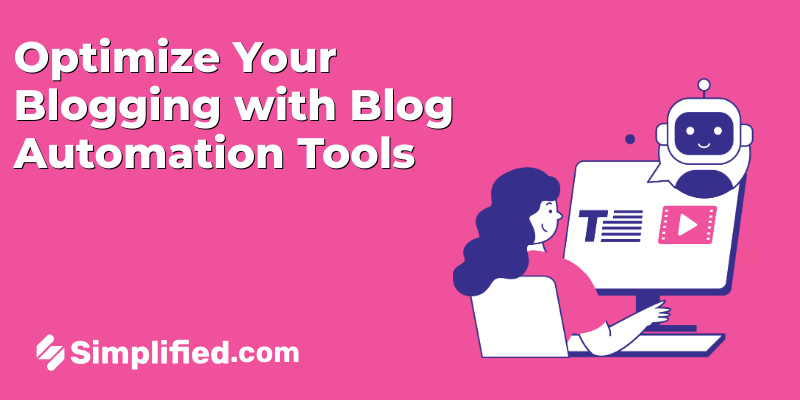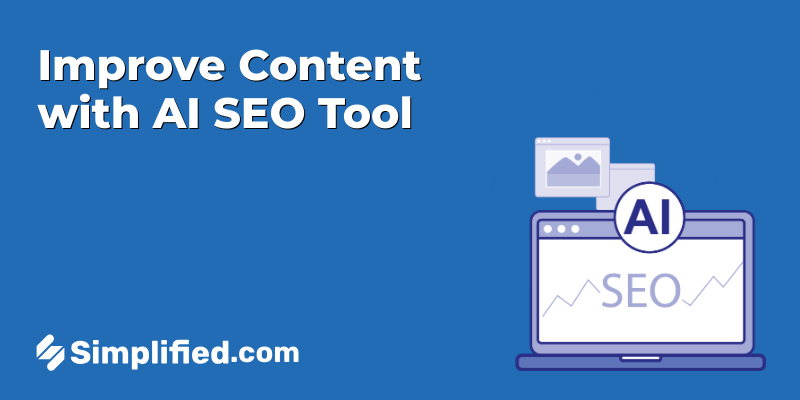In today’s fast-paced world, it can be challenging to hold people’s attention for long periods of time. With so much content available at our fingertips, it’s easy for readers to move on to the next thing if they don’t find what they’re looking for quickly. This is why it’s more important than ever to make sure your long-form content is engaging and well-written.
Despite the trend towards shorter, bite-sized content, long-form content is still very relevant. In fact, research has shown that people are more likely to share and engage with longer articles and blog posts. This is because long-form content allows for a deeper exploration of a topic, providing readers with a more comprehensive understanding of the subject matter.
If you’re looking to write long-form content that will keep your readers engaged, this guide is for you. We’ll cover everything from crafting a compelling introduction to formatting your content for maximum readability. By the end of this guide, you’ll have the tools you need to create long-form content that will keep your readers coming back for more.
Benefits of Long-Form Content

Generally, long-form content pieces contain between 1,000 – 7,500 words. They are usually well-researched and provide in-depth information on specific topics. Many people are taking advantage of the benefits of long-form content, which include:
- Improves search engine results: Without proper SEO optimization, your content may not generate high search rankings. Now, with proper SEO long-form content, your posts will rank higher and there’s a better chance that more people will find your content.
- Boosts trust: We all have that one person we can turn to when we want valuable information about something…or someone. It’s the same with long-form content. When readers see that you offer great insight and detail on a topic, they’re more likely to trust you and your products.
- More backlinks: Long-form content gets more backlinks, which translates to more traffic to your website.
- Higher conversion rates: It’s no secret that many people who publish long-form content see an increase in conversion rates as readers often give long-form content more of their attention.
- More shares: Posts that have more words tend to be more shared and gain more engagement.
Long-Form Content Vs Short-Form Content
Long-form content refers to articles, blog posts, or any written material that is typically more than 1,000 words in length. Short-form content, on the other hand, is typically shorter, usually less than 1,000 words.
Long-form content allows for a more in-depth exploration of a topic, providing readers with a comprehensive understanding of the subject matter.It also allows for the inclusion of more research and data, which can add credibility and authority to the piece.
Short-form content, on the other hand, is more focused on brevity and quick consumption. It is best suited for delivering news updates, quick tips, or other bite-sized pieces of information. While both long-form and short-form content have their place in the digital landscape, long-form content is more suitable for building engagement and fostering a deeper connection with readers.
7 Types Of Long-Form Content
When you dive into the world of long-form content, you realize there are various types of writing you can explore for different purposes. Let’s go through them one by one.
1. Tutorials
Tutorials are a type of long-form content that provide step-by-step instructions on how to do something. Tutorials are an excellent way to provide value to your readers by teaching them a new skill or helping them solve a problem. When writing a tutorial, it’s important to be thorough and include all the necessary information. Break the tutorial down into clear, easy-to-follow steps, and include plenty of examples and images to help illustrate your points.
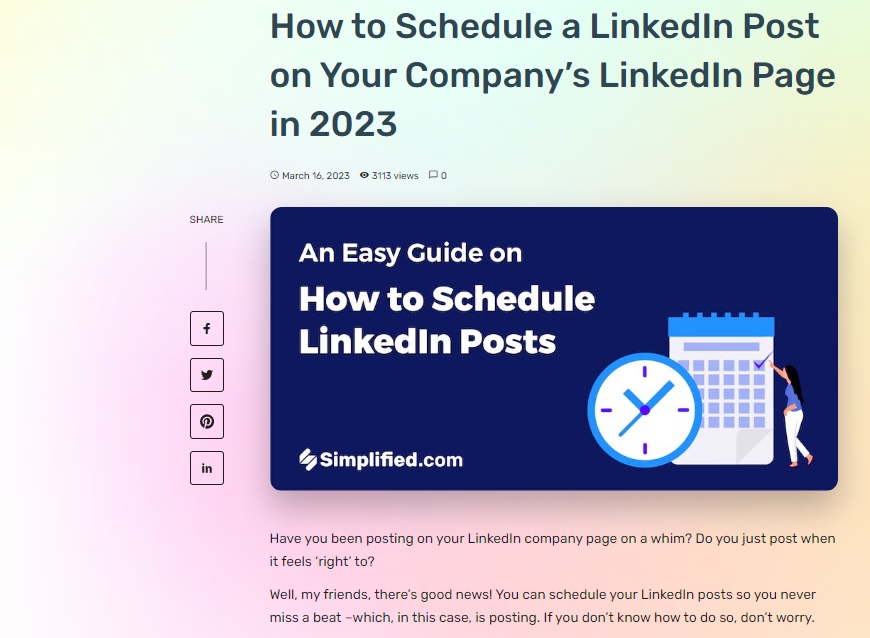
This blog on How to Schedule a LinkedIn Post is an excellent example of value-rich long-form content. It also contains images to take you through the process in a stepwise manner.
2. Lengthy blog posts
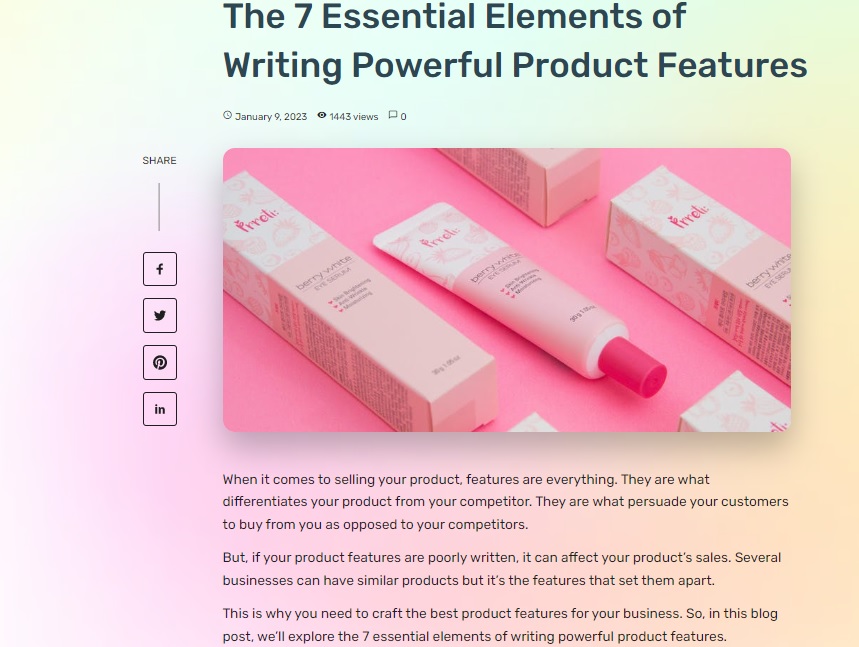
Lengthy blog posts are articles that are longer than the typical 500-700 word article. Like this article on The 7 Essential Elements of Writing Powerful Product Features. They can range anywhere from 1,000 to 5,000 words or more, depending on the topic. Lengthy blog posts allow you to delve deeper into a subject and provide more in-depth analysis and information. When writing a lengthy blog post, it’s important to keep your readers engaged by using subheadings, bullet points, and other formatting techniques to break up the text.
Bonus: Create Blog Outlines Using Simplified’s AI Content Generator
3. Guides
Guides are a type of long-form content that provide comprehensive information on a particular topic. They are often structured in a similar way to tutorials, with step-by-step instructions and plenty of examples. Guides can be written as blog posts, articles, ebooks, or even print books. They are an excellent way to provide value to your readers by teaching them something new or helping them solve a problem.

Take a look at The Ultimate Twitch Marketing Guide for Businesses in 2023. This guide takes the reader through how the Twitch platform can be useful for marketing businesses. This detailed guide offers relevant information on exactly how this platform is useful for businesses.
4. eBooks
eBooks a.k.a. electronic books can be read on a computer, tablet, or e-reader. They are a popular form of long-form content because they allow you to delve deep into a subject and provide in-depth information in an easily digestible format. eBooks are often structured like guides, with chapters, sections, and subheadings to help break up the text and make it easier to read.
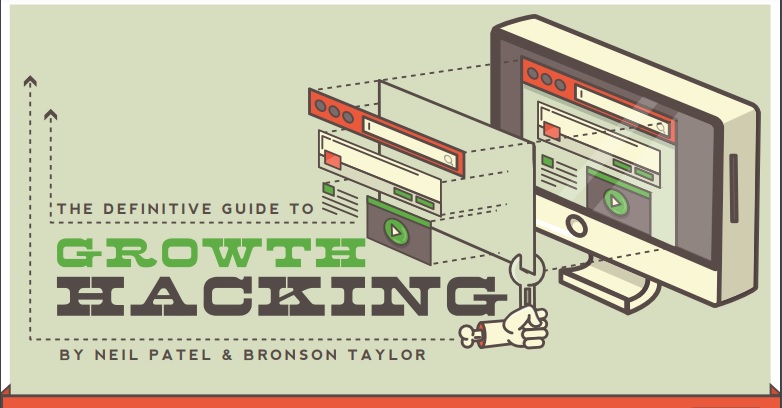
‘The Definitive Guide To Growth Hacking’ by Neil Patel and Bronson Taylor is a highly popular ebook. This is a freely downloadable book where the authors (respected experts in their field) share their knowledge with others. This makes it all the more accessible, which is key for content creators. This book is divided into 10 chapters, with each one explaining a concept of Growth Hacking and illustrating with examples
Bonus: How To Design An Eye-catching EBook Cover For Kindle
5. White papers
White papers are long pieces of content that provide in-depth information on a particular subject. They are often used by businesses and organizations to present their ideas and solutions to problems. White papers are usually structured like research papers, with an introduction, background information, and a conclusion. They often include data and research to support their arguments.
6. Case studies

Case studies are great for detailed examination of a particular person, group, or situation. For example, this case study on the Evolution of Coca-Cola traces its history and developments since its inception. They are often used in business and marketing to illustrate the results of a particular product or service. Case studies are structured like stories, with a beginning, middle, and end. They include details about the subject of the study, the problem they faced, and the solution that was implemented.
7. Interviews
Interviews are a type of long-form content that consists of a conversation between two or more people. They can be written as blog posts, an article, or even a podcast. Interviews allow you to delve into a subject and get insights from an expert in the field. When writing an interview, it’s important to structure the conversation in a way that is easy to follow and provides value to your readers.
Bonus: The Best Free AI Copywriting Tools For Students
8. Annual Report
In 2012, Airbnb gave its annual report a clever makeover. They decided to take a typically dull corporate report and make it interactive. In addition to the statistics and data that is necessary for investors, they also included audio files, stories of people involved in their growth. It showed investors the difference it has made in the lives of both guests and hosts. This annual report is engaging and keeps readers hooked, making it an excellent type of long-form content.
Conclusion
In conclusion, long-form content is a powerful tool for engaging your readers and providing value. Whether you’re writing a tutorial, a guide, an ebook, or a long blog post, there are many ways to structure and format your content to keep your readers interested. By using techniques like subheadings, bullet points, and images, you can break up the text and make it easier to read.
Write Amazing Long-Form Content with AI-Powered Simplified!
If you’re looking to streamline your writing process and create engaging long-form content quicker, consider using Simplified’s AI writing tool. With its advanced technology, you can quickly and easily produce high-quality content that will keep your readers coming back for more. Simply input your ideas and let the tool do the rest. Try it out today and see how it can revolutionize your writing!


